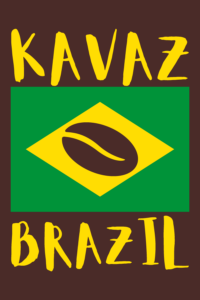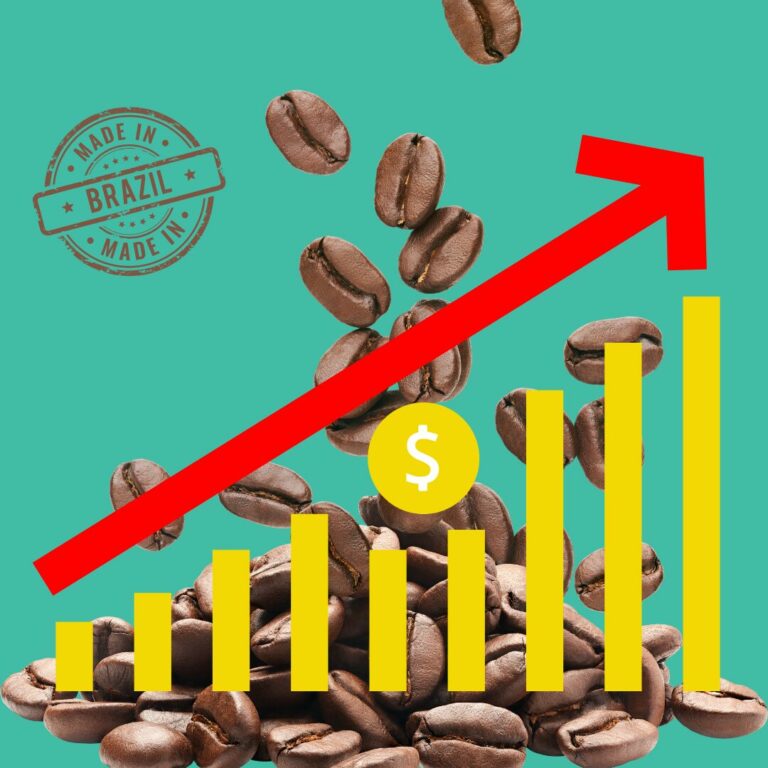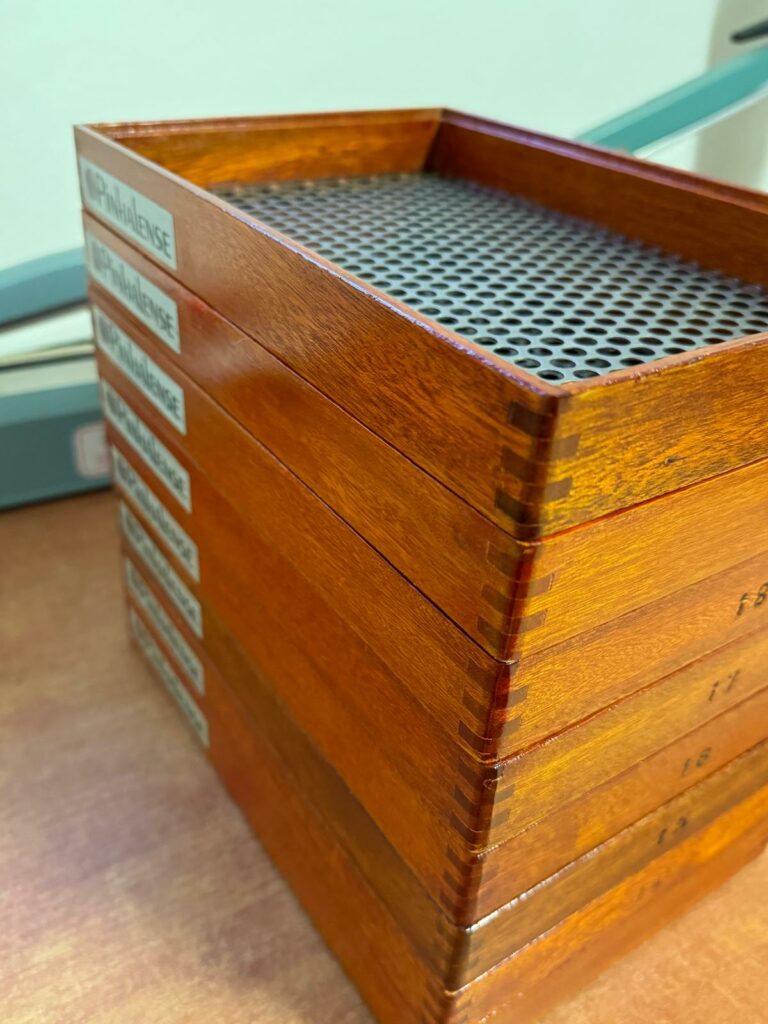Part 1:
Starting in coffee production, the farmer has production costs during the year, and at the harvest timing, he has harvest and post-harvest processing costs.
The price of coffee in Brazil is set based on the C—Market: the type of post-harvest process, the size/screen of the beans, the sensory profile of the coffee, the number of defects, and the size of the lot. In addition, the price may vary according to the USD exchange rate because the coffee is paid to the producers in Brazilian currency (BRL), and several global and political factors interfere with the currency conversion rate.
KAVAZ BRAZIL pays 100% of its shipments in advance – around 60 days before container arrival in Europe. For single-origin and specialty coffees, we negotiate directly with producers, and the price paid is always above the current average market price.
At this point, roasters are not aware yet of which coffees we will bring, as it can take a while to arrive in Europe unless they request coffees that are at the origin.
Part 2:
Farmers receive the payments right upon sending the coffee to the warehouse where the container will be loaded (after quality control). All exporting costs and follow-up, local transports, and ocean shipping from Brazil to Europe are handled by KAVAZ BRAZIL; as we are official exporters in Brazil, we have control of the whole process. Exporting costs are paid after the shipment. At this point, the new coffees are advertised on our website/e-shop, and our customers can usually order at a lower price than after the arrival of the shipment in Europe.
Part 3:
Coffee travels to Europe by ocean shipping, and the import costs and taxes are paid in Europe. However, before this point, the green coffee in our offer list might be slightly lower than the price given when the coffee is available in our stock. When you order coffee afloat, we negotiate an interesting discount.
Part 4:
A coffee importer might pay plenty of (high) charges when the container arrives in Europe, mostly towards logistics, which, as we know, is always subject to several risks.
Those extra charges depend on customs clearance speed, inspections, and train/truck availability, among other unforeseen factors. Delays result in price increases.
As we can observe, the coffee itself is just a detail in this complex process. KAVAZ BRAZIL studies the coffee chain regularly to minimize price increases and ensure the coffee is available as soon as possible.
Part 5: Roasters and cafeterias
Roasting coffee costs include gas/electricity, green coffee, machine maintenance, rent, packages, labels, manpower, and general expenses.
Cafeteria costs include expensive rent, employees, coffee machines, long working hours, and general expenses.
Coffee seems to be expensive in Europe for the final customers. But is it really like that?
This is a summary of the coffee chain:
Farm > Exporter > Importer > Roaster > Cafeteria/Office/Household.
(Farm > KAVAZ BRAZIL > KAVAZ BRAZIL > Roaster > Cafeteria/Office/Household)
The responsibilities:
Farm: Growing, harvesting, processing.
Exporter: Quality control, packing, local transports, exporting documents, financial risk.
Importer: International logistics, financial risk, storage, distribution.
Roaster: Coffee roasting (creation of profiles and blends), packaging, marketing.
Cafeteria: Different brewing methods, correct setting, and maintenance of equipment.
After all, coffee has a high added value. If we take some time to evaluate the complexity of this chain, the final coffee price in Europe is understandable. KAVAZ BRAZIL is a half-Brazilian company, so we need to be transparent in this regard. Brazilian prices cannot be compared to other origins. Each origin’s chain is different. The prices per country are not linked to quality but more to the chain’s model.



